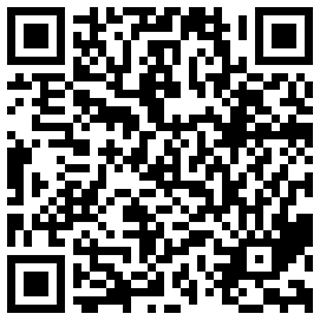Global Steel Rebar Markets Wrestle with Trade Barriers and Supply Shifts
- 03-Apr-2025 6:00 PM
- Journalist: Gabreilla Figueroa
With the week ending on March 28th, the global steel industry navigates trade barriers, economic slowdowns, and shifting production trends, fluctuating the prices of Steel Rebar in key regions.
Key Takeaways
-
The US Steel Rebar market remains supported by strong demand, though trade restrictions pose challenges for foreign suppliers.
-
Germany’s Steel Rebar market faces pricing pressures due to oversupply, weak demand, and heightened trade uncertainties.
-
In China, production curtailments have contributed to a modest rise in Steel Rebar prices.
USA
Steel Rebar prices in USA rise by 1% because of supply and demand variation. Demand for Steel Rebar in the USA is strong, with major drivers being infrastructure projects, non-residential building, and increasing demand from data centers and the liquefied natural gas industry.
The recently widened US steel tariffs, however, are causing ripple effects throughout the market. The Latin American Steel Association (ALACERO) has expressed fears that 25% steel tariff on imports from all nations would sharply affect producers in the Latin American region, specifically in Brazil, Mexico, and Argentina.
Already, these regions already have reduced access to the US market and additional competition from Chinese steel exports. Moreover, supply chains would most likely experience drastic changes. Additionally, the US steel market is seeing a growth in capacity for production as large steel producers are investing in new plants. CMC is increasing production in its Arizona micro steel mill with a capacity to produce 500,000 short tons annually and is scheduled to open another unit of similar size in West Virginia by the fourth quarter of 2025.
Germany
German Steel Rebar prices decline by 3% because of fluctuation in demand and supply. The world's steel market still moves through the era of oversupply and protectionism. A major reason low prices have emerged is the gradual increase in production, which saw production rise 4.7% in the first two months of the year to 224 million tons.
Moreover, low price imports from China and competitive pressures in the world market affecting the European market as well. Adding to these supply-side issues, US President Trump's 25% tariffs on steel imports and raising additional tariffs on Chinese exports to 20% increased apprehensions regarding trade disruptions and economic slowdown. On the demand side, economic uncertainties in Europe have constrained Steel Rebar consumption.
China
Chinese Steel Rebar prices rise by 0.9%, driven by volatility in supply and demand dynamics. The supply side saw significant changes as Chinese steel mills shifted towards production discipline to balance the market. Two Xinjiang-based steel producers took the lead by reducing output by 10%, impacting the supply dynamics.
Another supply constriction further, unverified reports indicated steel mills in the provinces of Shandong and others in eastern China had received orders from government to curtail production. As much as the supply-side cuts affected the price, the effects on long-run market fundamentals cannot be determined yet. On the demand side, the local market dominated by providing impetus for Steel Rebar price appreciation.
According to ChemAnalyst, prices of Steel Rebar in the United States and China may increase, driven by shift in demand and supply dynamics. Meanwhile, Germany Steel Rebar prices are expected decrease due to low purchasing activity and ample supply within the domestic market.



